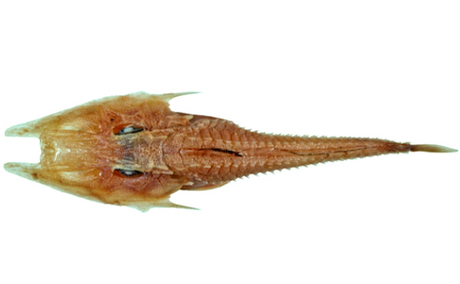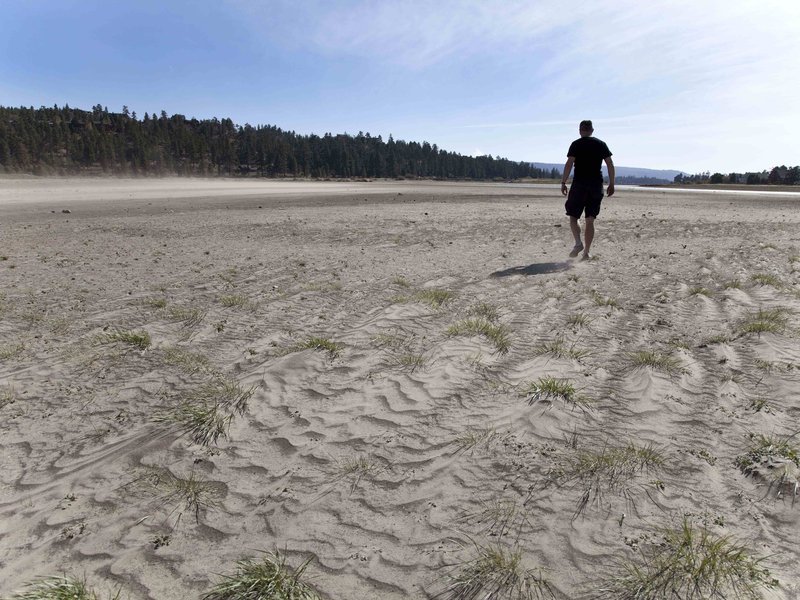
© Fishes of AustraliaLing's Armour Gurnard, Satyrichthys lingi.
Year 12 biology students from Coolum State High School have stumbled across an exciting find during a field study excursion at Peregian Beach.
The students found a Ling's armour gurnard (Satyrichthys lingi),
a very rare fish native to Australian waters.According to the Atlas of Living Australia, only seven Ling's armour gurnards have been reported found in Australia since 2000, and only two in the past four years.
"We were there to study the coastal dunes of Peregian Beach. Through data collection of different variables, including temperature, light intensity, pH of soils and wind strength, we analysed the adaptations of the coastal plants," teacher and head of department Paul Olsen said.
"Then, to find the Ling's armour gurnard was a real thrill, even though we were a little disappointed we found it deceased, washed up on shore.
The Ling's Armour Gurnard lives on the sea floor, similar to a flathead fish.
Most of the rare sightings are by divers and marine specialists, so we were very lucky to find it," he said.


Comment: Just a short distance away and around the same time as the above incident there came this report: Rare sei whale seen off Cornwall's coast in Penzance, UK
While across the Atlantic this happened: Rare 45-foot sei whale dies in Virginia river
In addition, another recent mass fish kill occurred back in the UK: Millions of dead herring wash up on Isle of Man coast, UK
One can't help but wonder if all these recent events are related and connected to this? Hundreds of methane plumes erupting along U.S. Atlantic coast